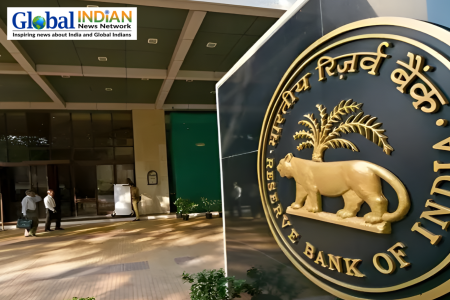
According to the World Migration Report 2024 published by the International Organization for Migration, India emerged as the global leader in remittances in 2022, receiving a staggering sum exceeding US$ 111 billion. This marked a significant milestone, as it was the first time any country had surpassed the US$ 100 billion threshold. The report emphasizes the pivotal role of remittances in India’s economy, which has witnessed consistent growth over the past decade. India’s dominance as the top recipient in 2010, 2015, and 2020 further underscores the importance of remittances in shaping its economic landscape. Additionally, countries such as Pakistan and Bangladesh also rank among the top ten recipients globally, highlighting the significance of labor migration in Southern Asia.
Despite the economic benefits that remittances bring, migrant workers in the region confront various challenges. These include instances of financial exploitation, accumulating debt due to migration expenses, and instances of workplace abuse. The Gulf Cooperation Council (GCC) States continue to attract a considerable number of migrant laborers, with the 2022 Football World Cup drawing attention to violations of labor rights in these destinations. As remittance inflows continue to influence the economic dynamics of the region, concerted efforts are necessary to address the vulnerabilities faced by migrant workers and ensure the protection of their rights and well-being.












